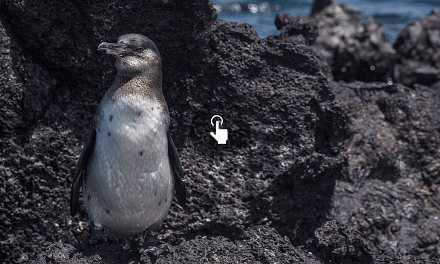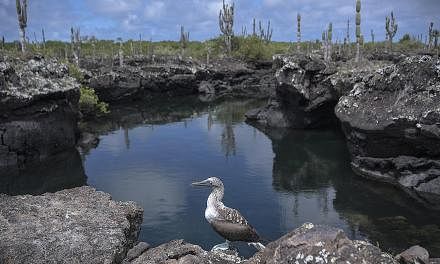For many Singaporeans, the term "El Nino" recalls an uncomfortable time in 2015 when a thick blanket of haze hung over the country.
Forest fires in Indonesia had been worsened by El Nino, associated with hotter and drier weather in South-east Asia. It resulted in the region's worst haze episode on record.
But it was not just humans who had a tough time coping. The hotter and drier weather brought about by El Nino also had an impact on Singapore's native ecosystems.
The brunt of it, though, was borne by the ocean.
The National Parks Board (NParks), custodian of Singapore's native biodiversity, estimates that about 15 per cent to 20 per cent of the corals in Singapore died in the aftermath of the 2015 El Nino.
The El Nino event had caused sea surface temperatures to go up. It resulted in heat stress accumulating to the extent that it caused the corals to bleach for around three months, says Dr Karenne Tun, director for the coastal and marine branch at NParks' National Biodiversity Centre.
Bleaching occurs when warming seas cause hard corals to expel algae that provide them with nutrition, turning them white.
The slight change in temperature may not seem like much on the thermostat, but the difference could mean life or death for Singapore's reef-building hard corals.
Hard corals depend on photosynthetic algae living in them for nutrition. Bleaching occurs when abnormally high sea surface temperatures cause corals to expel the symbiotic algae living in them, turning the corals white and depriving them of a key source of nutrition.
Prolonged bleaching could result in the corals dying.
Corals in Singapore are susceptible to slight changes in ocean temperature because normal water temperatures are already close to their bleaching threshold.
For instance, during the warmest months of May and June, the monthly mean sea surface temperatures in coastal waters are above 30 deg C, close to the upper temperature tolerance for corals, says Dr Tun.
She adds: "Any slight increase in sea surface temperatures can increase the heat stress which, if sustained for longer periods of time, can result in bleaching."
For a coral reef, full recovery from a severe bleaching event can take more than five years, depending on the severity and other local conditions, says Dr Tun.
Research is ongoing to understand the local impact and opportunities resulting from mass bleaching events, she says.
On land, Singapore's forests appeared to be more resilient to the impact of the 2015 El Nino, which brought with it about 20 per cent less rainfall compared to the average for the February to May period.
Dr Thereis Choo, director for the terrestrial division at NParks' National Biodiversity Centre, says this was likely because even during El Nino years, conditions are still within tolerable limits for the trees.
She says: "While there is a tendency for conditions to be drier than usual during El Nino years, the absolute rainfall experienced is still relatively high and within the variation in rainfall seen in Singapore in all years."
Observations by the Meteorological Service Singapore (MSS) indicate as much. Mr Raizan Rahmat, head of the seasonal and subseasonal prediction section at MSS' Centre for Climate Research Singapore, says that rainfall during El Nino years is usually near or below average.
"However, during El Nino neutral years, rainfall could be above, near, and below average," he says.
However, with climate change increasing the likelihood of more weather extremes such as drought, NParks is taking steps to safeguard Singapore's native vegetation.
For example, research is ongoing to determine how the hydrology of the Nee Soon Swamp Forest - Singapore's last remaining primary freshwater swamp forest located in the Central Catchment Nature Reserve - would be affected by drought.
NParks is also planting more drought-tolerant native species all over Singapore, so watering can be done more prudently.
Examples of these trees include the critically endangered seashore mempari and the Illawarra flame tree.








